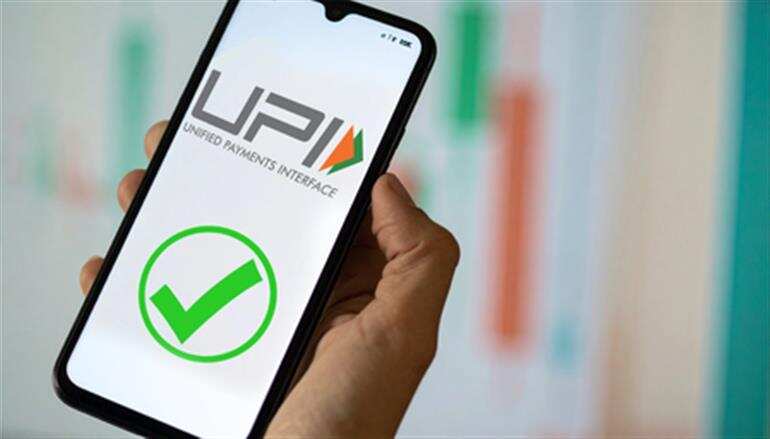RBI Governor Sanjay Malhotra has indicated that payment through UPI will not always be free. Speaking in a media program, he said that now the UPI system works without any fee, that is, users do not have to pay any fee for it. However, the government subsidize banks and other stakeholders so that the UPI system can run the real-time payment structure easily. He said that India is committed to making digital payments safe and better, but the stability of the structure cannot be ignored, so obviously someone will have to pay its price.
Increased payment through UPI
The RBI Governor has mentioned the cost related to UPI at a time when it is moving fast. In just two years, daily transactions through UPI have almost doubled to 31 crore to 60 crore. This rapid increase has put pressure on the Backand Infrastructure, which is most maintained by banks, payment services providers and National Payment Corporation of India (NPCI). The government does not get any revenue on transactions through UPI as the merchant discount rate (MDR) is zero. Because of this, industry experts believe that this model will not be financially feasible for a long time.
Interest rate cuts were also mentioned
Along with the possibility of levying a fee on UPI payment, the RBI Governor also indicated the possibility of cutting interest rates. He said that if monetary policies are fixed according to the time to come, then the current inflation statistics are less important, but what is going to remain in the next 6 to 12 months, it is more important. Currently inflation rate is 2.1%. He says that in just two months, the repo rate reduction by 50 basis points has increased new loans and the debt hike has remained above an average of 10 years, despite being slower than last year. Regarding digital currency, he said that RBI is still cautious about it. A committee of representatives of RBI is investigating its impact.










